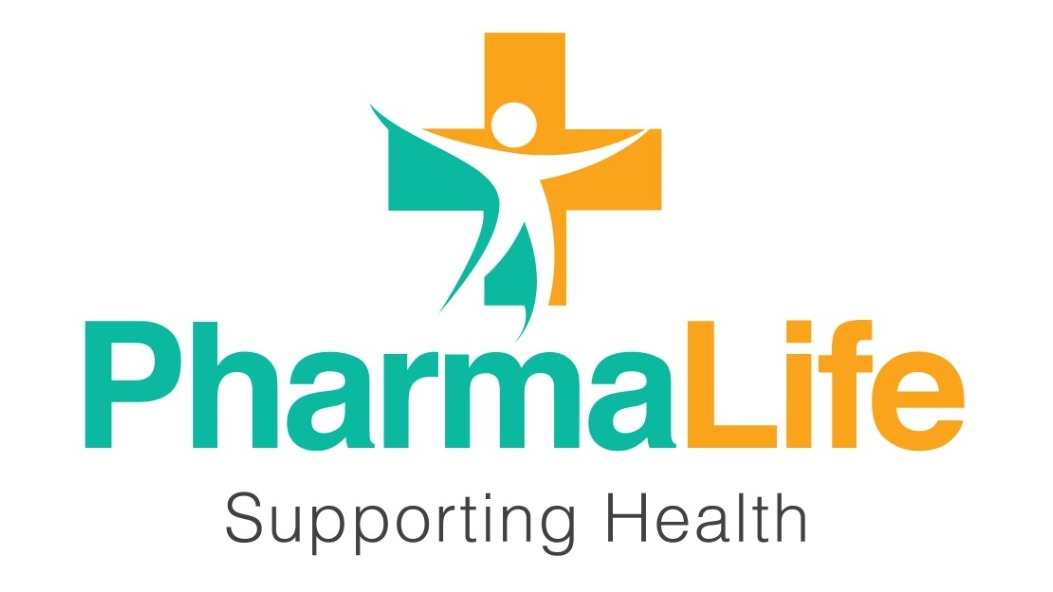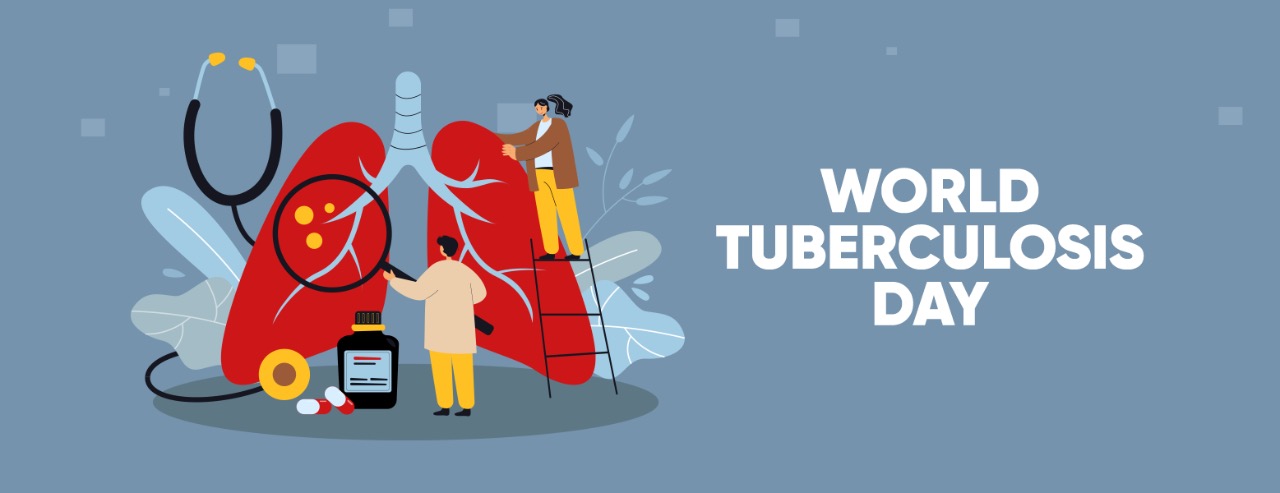Tuberculosis, or more commonly referred to as TB, is a highly infectious disease affecting the lungs and
pulmonary tract. This infectious disease is caused due to bacteria called Mycobacterium tuberculosis. TB
is a fairly common disease, especially in a developing nation like ours, and is also a leading cause of
death.
According to the World Health Organization (WHO), TB is the 13th leading cause of death globally,
accounting for over 1.5 million deaths in the year 2020 alone. In Nepal too, both prevalence and
incidence of TB are quite high.
As we celebrate the World Tuberculosis Day 2022, with the theme “Invest to End TB. Save Lives”,
PharmaLife joins hands alongside global efforts to combat TB. We believe spreading awareness to our
readers will not just help fight against TB, but also encourage stakeholders to invest further resources to
combat and end TB.
What is Tuberculosis?
Tuberculosis is an infectious disease primarily affecting our lungs, although it can affect any other organ
too. TB essentially is caused by a bacteria and transmission is via air droplets. When an infected
individual coughs or sneezes, the bacteria are released into the air. Once the air is breathed by a healthy
human, TB is spread. However, infection demands prolonged exposure to the bacteria.
Upon initial infection, the bacteria affect the lungs causing pulmonary TB. The infection may also remain
latent or dormant from months to years. Such cases usually manifest later at a time when the patient is
immune-compromised. Moreover, immune-compromised patients are already at higher risk of getting
contracted with TB. Tuberculosis may also spread to other parts like lymph node, bones, brain, kidney,
etc.
Risk Factors
Tuberculosis, like mentioned earlier, cannot be contracted on a single exposure. This can, however, be
true for those at higher risks. If you are at higher risk of this disease, proper precaution is advised. You
may be at higher risk if you:
● Have a family member or friend with TB
● Are from South Asia and Africa with high TB rates
● Are immune-compromised (HIV patient, etc.)
● Are in higher risk zones like hospitals, homeless shelters, unsafe industries etc.
● Have chronic illness like diabetes, high blood pressure, etc.
● Have had an organ transplant
● Are receiving treatments for auto-immune conditions like Rheumatoid arthritis, Myasthenia
Gravis, Chron’s disease etc.
● Are an active smoker, alcoholic or tobacco user
Tuberculosis even though is latent in many cases; it can turn out to be lethal too. Therefore, if you fall
under these higher risk categories, following safety guidelines is a must.
Symptoms of TB
If a person has mycobacterium (the bacteria) inside their body but experience no symptoms, it is termed
as latent TB. Tuberculosis can remain latent from months to years before finally turning into active.
Only active TB cases manifest symptoms. These symptoms are usually related to the respiratory system,
but can also affect other organs. Most common symptoms of tuberculosis may include:
● Persistent cough for over 2-3 weeks
● Coughing of blood or sputum
● Persistent chest pain
● Fever and chills
● Excessive sweating (at night)
● Generalized weakness and fatigue
● Weight Loss
● Loss of appetite
If you or anyone around you present any of these symptoms, immediate medical attention is required.
Alongside these general symptoms, nausea and vomiting, blood in urine, confusion can also sometimes
be experienced.
Diagnosis of TB
Tuberculosis is a treatable and curable disease. Therefore, timely diagnosis is particularly important to
decrease the current burden of this disease globally. The World Health Organization (WHO) has
recommended the use of rapid molecular diagnostic tests for initial diagnosis in persons with signs and
symptoms. These Rapid Diagnostic Tests (RDTs) promise both accuracy and convenience.
Further, a sputum culture or a blood test can also be recommended by your doctor to diagnose TB. A
skin test, called the Mantoux test, is also sometimes performed to diagnose this disease. However, a
positive skin test doesn’t necessarily indicate an active case. A positive skin results are thus followed up
by a blood test.
Chest X-ray, sputum and mucus culture are also usually performed to further confirm the diagnosis. Early
diagnosis, according to doctors, is the first step towards proper treatment and cure of this disease.
Moreover, early detection and diagnosis can also extra-ordinarily decrease the global incidence rate of
this highly infectious condition.
Treatment of TB
Unlike most other bacterial infections, tuberculosis symptoms do not get better on it’s own. Therefore, a
specific WHO approved treatment plan is to be followed strictly in order to treat tuberculosis.
Tuberculosis even though is latent in many cases; it can turn out to be lethal too. Therefore, if you fall
under these higher risk categories, following safety guidelines is a must.


There are no comments